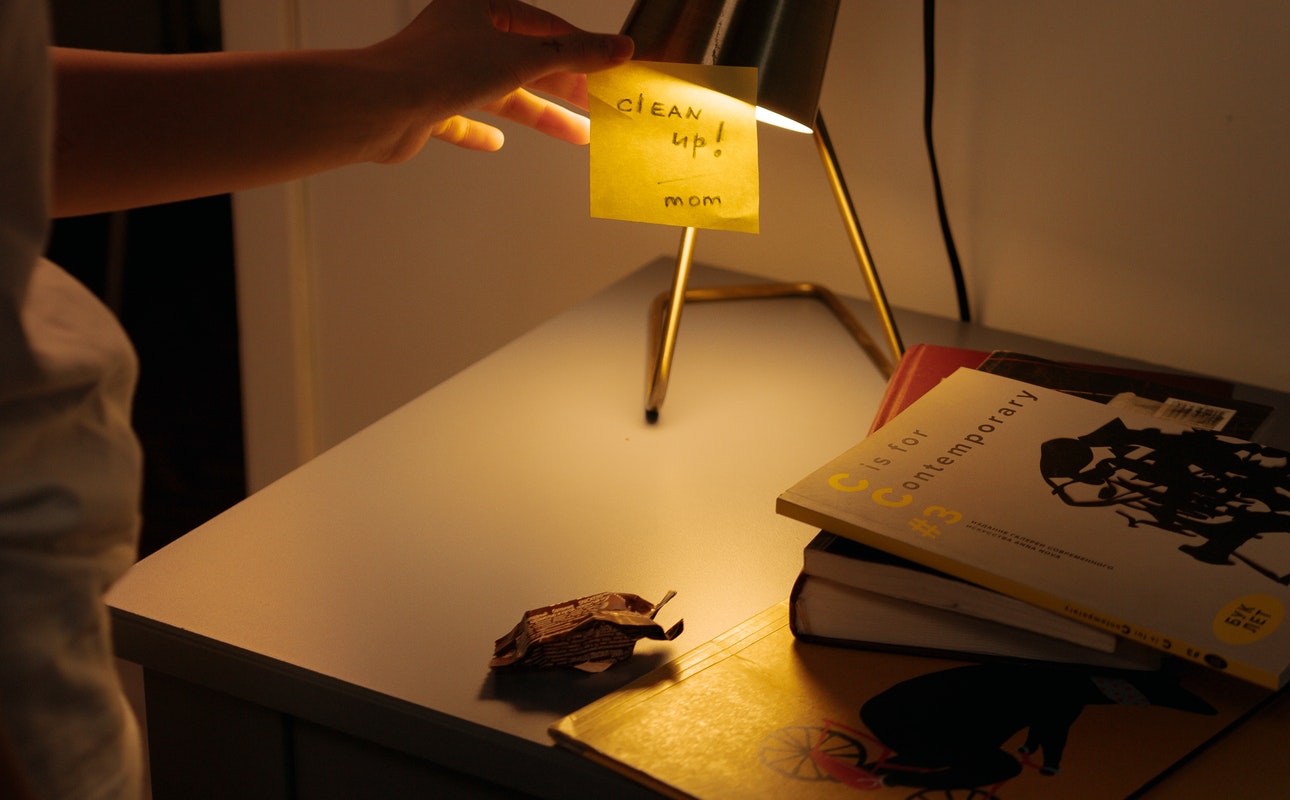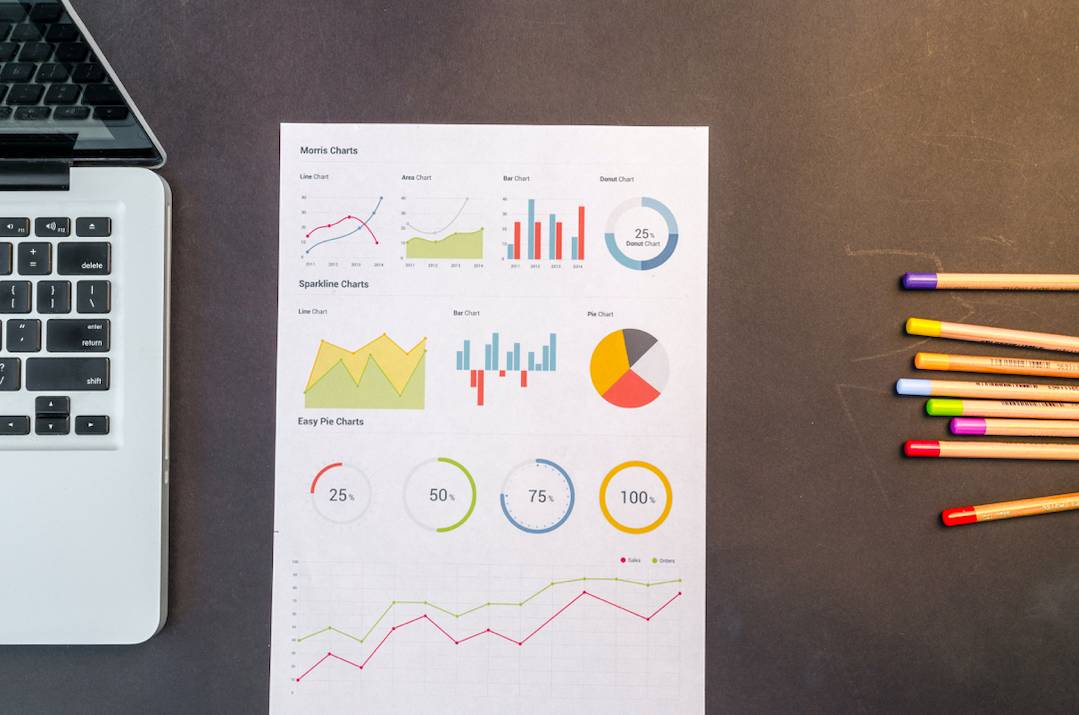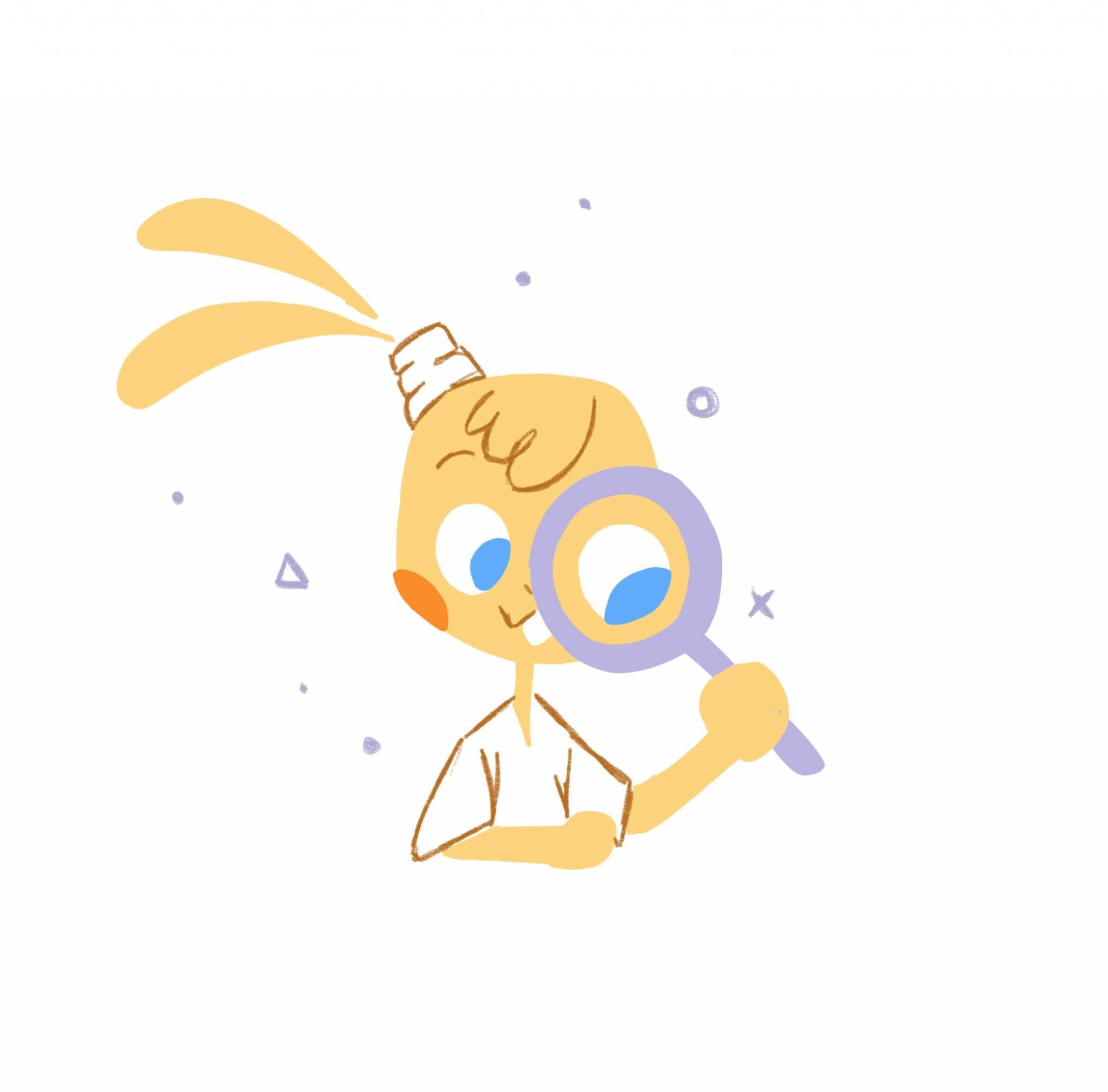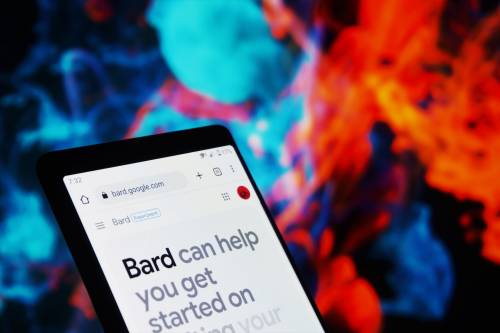

Wouldn’t it be wonderful if you were able to juggle only one thing at a time? You know — if you didn’t have to always manage multiple projects? Remember in Covid when you were juggling homeschooling with your kids while you’re on a Zoom call? Now it’s summer and it’s dèjá vu — same scenario! So how is everyone else doing with this reality?
Our lives are so busy it seems like a pipe dream to manage only one task. However, we’ve had a lot of science information come about in the last few years that tells us not to multi-task — have we been listening?
It is actually possible to do one thing at a time — and have great success. For example, take a look at when Albert Einstein was working on his theory of relativity.
The Einstein Principle
Let’s give credit where it’s due. Cal Newport popularized the Einstein Principle. If you recall, Newport is the author of the influential “Deep Work: Rules for Focused Success in a Distracted World.”
In a blog post, Newport explains that from 1912-1915, Einstein was primarily focused on his theory of relativity — please don’t ask me to explain that! But, while Einstein had to make sacrifices, he published one of the greatest scientific accomplishments in history.
“We are most productive when we focus on a very small number of projects on which we can devote a large amount of attention,” writes Newport. “Achievements worth achieving require hard work. There is no shortcut here.”
“In a perfect world, we would all be Einsteins,” he adds. “We would each have only one, or at most two, projects in the three major spheres of our lives: professional, extracurricular, and personal.” In turn, we’d be able “to focus on this specialized set, in exclusion, as we push the projects to impressive conclusions.”
Of course, most of us aren’t that fortunate. And why would we? Newport argues that it’s risky, boring, and a tad unrealistic.
But, something does come close. It’s something that Newport calls a productivity purge.
What Exactly is a Productivity Purge?
A productivity purge “a simple strategy for coming as close as possible to satisfying the principle without giving up a quest for the unexpected next big thing.” The principle works as follows:
- Grab a sheet of paper and create three columns; professional, extracurricular, and personal. Under “professional,” you would list all of the major projects you’re currently working on. Beneath “extracurricular,” jot down your side projects. And under “personal,” note all of your self-improvement projects, like reading.
- Under each list, “select one or two projects which, at this point in your life, are the most important and seem like they would yield the greatest returns,” explains Newport. “Put a star by these projects.”
- Next, identify whatever you can “stop working on right away with no serious consequences. Cross these out.”
- Whatever projects are left unmarked, “come up with a 1-3 week plan for finalizing and dispatching them,” Newport adds. “Many of these will be projects for which you owe someone something before you can stop working on them.” If so, develop “a crunch plan for the near future for shutting these down as quickly as possible.”
- After you’ve “completed your crunch plan, you’ll be left with only a small number of important projects. What that means is you’ve “purged your schedule of all but a few contenders to be your next Theory of Relativity.”
Newport offers a final important tip. “Try to go at least one month without starting any new projects. Resist, at all costs, committing to anything during this month.” Rather, target “with an Einsteinian intensity, on your select list.”
6 Ways to Purge for Productivity
The strategy listed above, in my opinion, is pretty straightforward. And, when done regularly, it is certainly effective. But, I’ve also applied this concept to known productivity thieves.
The result? I’m spending less time and energy on the unnecessary. In turn, that’s made me a lean, mean productivity machine.
1. Update your routine.
Routines can come in handy. They provide structure and make planning easier. And, when you have a routine, you don’t have to make as many decisions.
Here’s the thing, though. Is your routine actually effective? Just because you’re on autopilot doesn’t mean that you’re not on the right course.
Take a moment and assess your daily schedule. And answer the following questions:
- Are you working when you have the most energy?
- Have you left white space on your calendar?
- Are you actually getting close to your short-and-long-term goals?
- What recurring tasks can you delegate or remove?
Is there a perfect schedule? Of course not. But, in the words of Stephen Covey, “The key is not to prioritize what’s on your schedule, but to schedule your priorities.”
2. Let go of old tasks.
Do me a favor and take a glance at your to-do list. If you haven’t updated this list in some time because you’re on autopilot, you may be in for a surprise. These tasks may no longer be relevant — or even worse, they may now be unimportant or vague.
Those items are actually clutter. So scratch them off your list. As for what’s left, prioritize your list using something like the Eisenhower Matrix.
Whatever is important and urgent, you would do immediately. Important but not urgent tasks will be scheduled for another time. Remember — anything that’s urgent but not important can be assigned to someone else. So, really, copy and paste these tasks to someone else right now.
3. Share your workspace with Mr. Clean.
Not literally. After all, Mr. Clean is a fictional character. So, that would be just weird if he were actually with you in person.
What sharing your space with Mr. Clean means is cleaning and organizing your workspace. It doesn’t have to be sparkling. But don’t let your space become a pigpen.
Some tips:
- Whatever you don’t need, chuck or recycle it, such as junk mails.
- Organize both paper and digital files so that they’re not on your desktop.
- Think like a chef and practice mise en place. The French culinary phrase mise en place means “everything in its place.” Give everything a home and keep your most frequently used items close to you. Then, at the end of the day, put everything back where it belongs.
- Create zones. You may do your deep work at your desk. But, you should have other zones for different activities. For example, you could create a resource area or outdoor spot for brainstorming.
4. Avoid information overload.
Being plugged in 24/7 and being surrounded by too much data is causing information overload. When left unchecked, it can hinder your productivity, performance, and collaboration. After all, the brain can only remember so much before popping like a circuit.
The best course of action? Be more selective about what you consume. Preferably, have the things you consume be relevant to what you’re working on right now. Additionally, you could also set a time limit on information gathering and learn to block out distractions.
Not enough? Give batching a spin. Don’t forget to occasionally let your mind daydream and wander.
5. Ask, “Does this bring you joy?”
I know — you associate this question with Marie Kondo when organizing your home. And while many people have found this helpful — I’ve only used the question when it comes to my calendar.
Here’s a recent example. Last weekend a friend had a small outdoor gathering. While I could have fit this into my schedule, I wasn’t just feeling it. That may sound selfish. But, I felt other things were more important, and, in my opinion, that event just wasn’t a priority at the time.
Just to let you know, I gave them plenty of notice that I wouldn’t attend. I also scheduled another time to catch up. I now apply this principle to any time request — whether it’s a new project, meeting, or networking event.
In the immortal words of Derek Sivers, “When deciding whether to do something, if you feel anything less than ‘Wow! That would be amazing! Absolutely! Hell yeah!’ — then say ‘no.’”
Keep this mantra top of mind right now when we, in business, are working to save the economy and our businesses. If you aren’t building yourself and your company, help someone else build or save their business!
6. Break free of stress.
Finally, purge stress from your life. If you don’t, you’re just not hurting your productivity; you’re also putting your health and wellbeing in jeopardy. And, you can get started by:
- Identify your triggers so that you can remove them. For example, if a client keeps you up at night, you might want to let them go and work with someone else.
- Take care of your body. You know the drill. Get your body moving, eat a healthy diet, and don’t neglect your sleep.
- Meditate. Take a break from work and engage in mindfulness — even if it’s just for five minutes.
- Learn how to self-soothe. When you’re stressed, try breathing exercises to calm down.
- Do something that you enjoy. Examples could be reading, hiking, or spending time with friends and family.
- Focus on what you can control. Seriously. Don’t waste your time obsessing over things that are out of your hands.
- Take time off. When you’re overwhelmed, spend some time away from work in order to recharge.
Image Credit: pixabay; pexels; thank you!











John Rampton
John’s goal in life is to make people’s lives much more productive. Upping productivity allows us to spend more time doing the things we enjoy most. John was recently recognized by Entrepreneur Magazine as being one of the top marketers in the World. John is co-founder of Calendar.